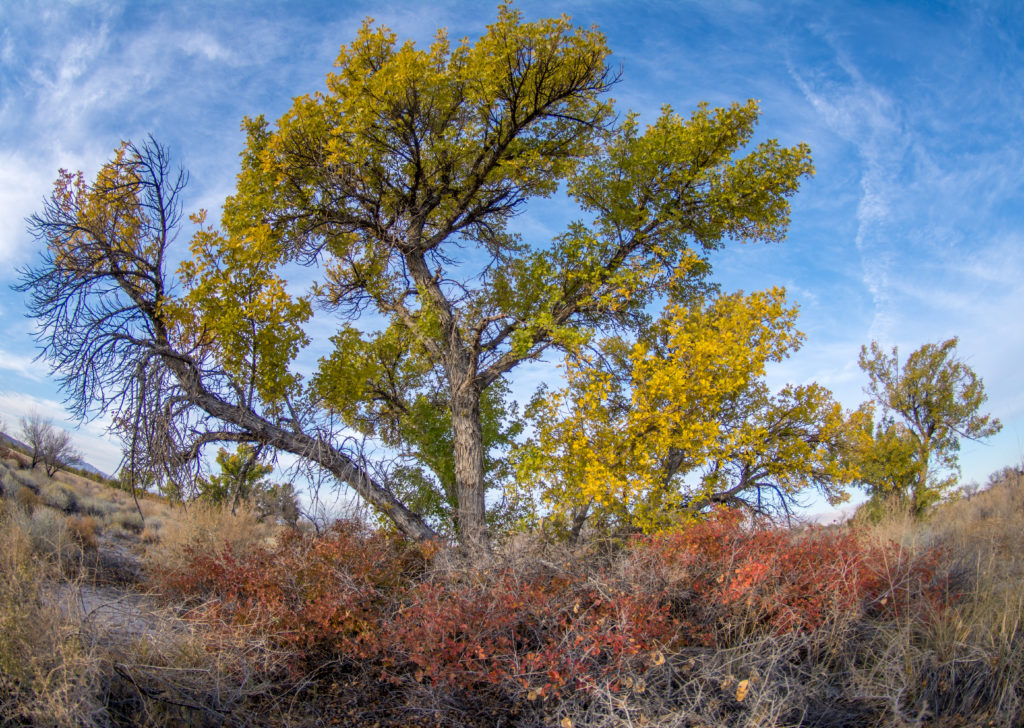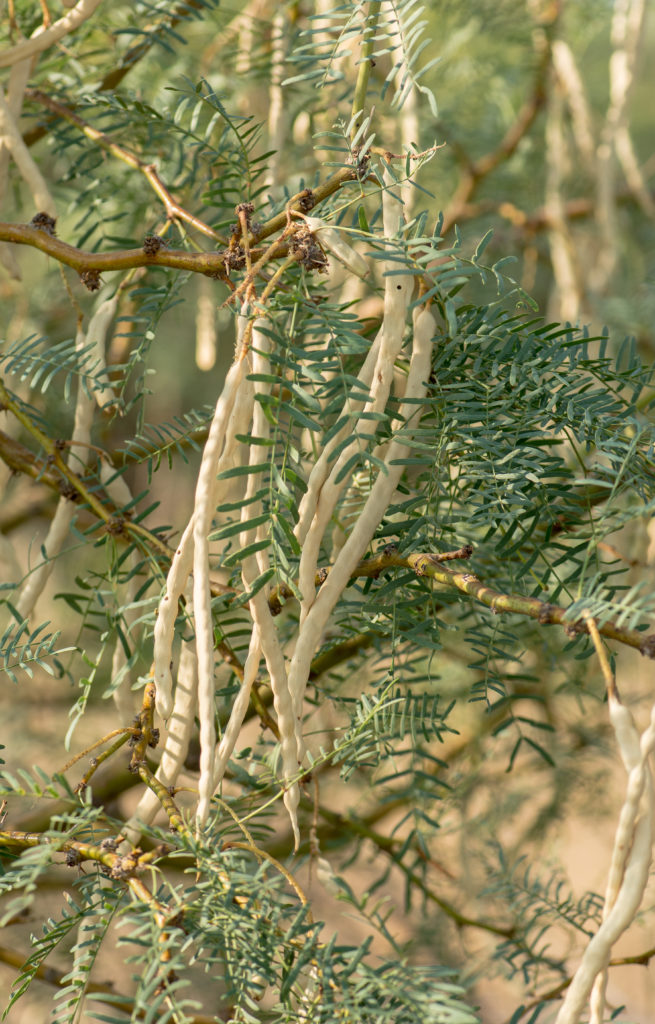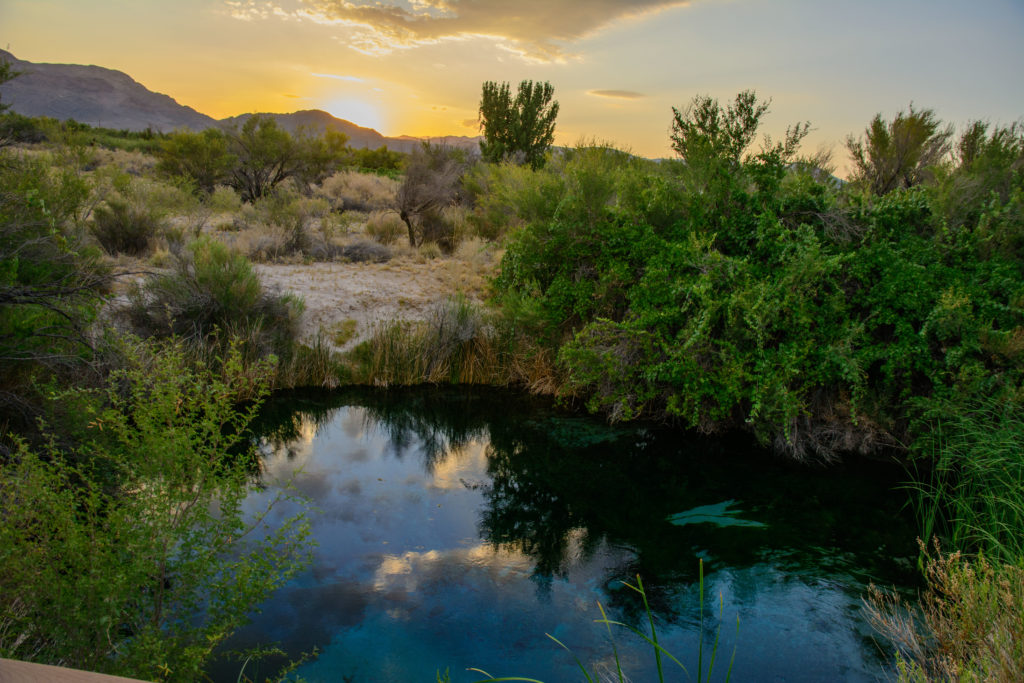
Photo by Rod Colvin
Ash Meadows National Wildlife Refuge was established on June 18, 1984. The refuge was named after the abundant amount of ash trees found on the premises. Ash Trees are a genus of trees known for their opposite branching and distinctive bark.
You can identify an Ash Tree by its leaflets, leaflike structures that make up a compound leaf. Ash trees have pinnately compound leaves, which means the leaflets are arranged in rows on opposite sides of a central stem. An Ash Tree’s leaves are composed of five to seven leaflets per leaf.

Photo by Rod Colvin
The most common tree found on the refuge is the Honey Mesquite Tree. The original inhabitants of Ash Meadows, the Nuwuvi and Newe people, used the screwbean and the honey mesquite bean pods for food. The Nuwuvi cared for orchards of mesquite trees, including the trees found at Ash Meadows. The mesquite pods were ground into a fine flour and baked into cakes. These cakes and other plants supplemented a diet of pinyon pine nuts and wild game. Diets varied depending on which seasonal food sources were available, but plants provided a more consistent food source than wild game year-round. Mesquite plants were an indispensable component of the Nuwuvi people’s diet.
The Nuwuvi and Newe people inhabited the Ash Meadows area for thousands of years. Today, many of their descendants live in nearby communities.
In April 1987, Ash Meadows became one of the first of four wetlands in the United States to be designated a Wetland of International Importance by the Ramsar Convention. The purpose of the refuge is to protect its threatened and endangered species. Protection initiatives include environmental education, outreach programs, voluntarism and visitor services programs. One of these initiatives involves efforts to remove all invasive species. An invasive species is any organism that is not native to the area. These species have the potential to harm the natural environment and therefore must be removed.

